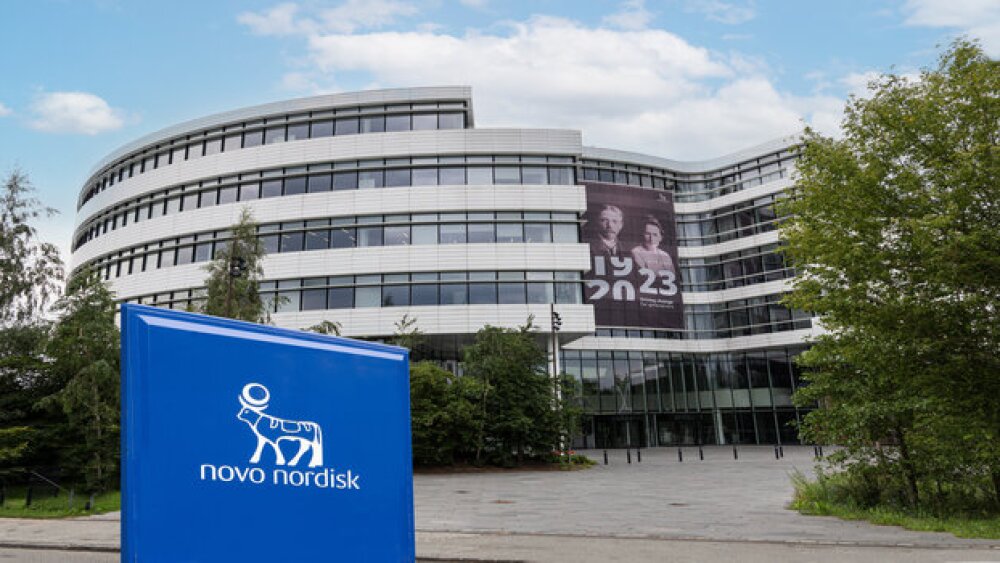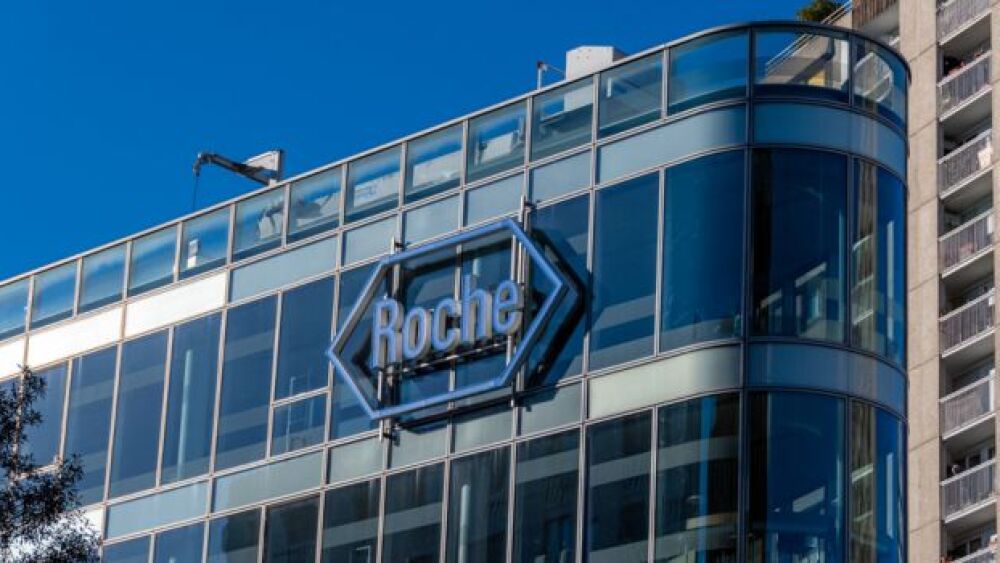Alnylam Presents New Clinical and Pre-Clinical Data on RNAi Therapeutics at 10th Oligonucleotide Therapeutics Society (OTS) Meeting
CAMBRIDGE, Mass.--(BUSINESS WIRE)--
Alnylam Pharmaceuticals, Inc. (ALNY), a leading RNAi therapeutics company, announced today that it presented new data from multiple clinical and pre-clinical studies at the 10th Annual Meeting of the Oligonucleotide Therapeutics Society (OTS), held October 12 – 15, 2014 in San Diego. Among multiple presentations, the company presented additional data from its Phase 1 trial with ALN-TTRsc, an investigational RNAi therapeutic targeting transthyretin (TTR) for the treatment of TTR-mediated amyloidosis (ATTR) in patients with TTR cardiac amyloidosis, showing rapid, dose-dependent, stable, and durable knockdown of serum TTR of up to 96.2%. In addition, Alnylam scientists presented pre-clinical data from a new program, ALN-GO1, an investigational RNAi therapeutic targeting glycolate oxidase (GO) in development for the treatment of primary hyperoxaluria type 1 (PH1), showing efficacy in rodent disease models. Finally, new pre-clinical research was presented demonstrating that delivery of Enhanced Stabilization Chemistry (ESC)-GalNAc-siRNA conjugates to the lung achieves similar plasma exposure, efficacy, and duration of liver gene silencing as achieved by subcutaneous delivery. This finding opens up the possibility for needle-less administration of RNAi therapeutics via inhalation for knockdown of liver disease genes.
“Our Phase 1 study of ALN-TTRsc was the first to demonstrate clinical activity and tolerability for RNAi therapeutics using our proprietary GalNAc-conjugate delivery platform that enables subcutaneous administration with a wide therapeutic index. These new data extend our previous presentation by including results from a 7.5 mg/kg cohort where we observe a mean max TTR knockdown of 87.9%. In addition, we have now completed our chronic toxicology studies with ALN-TTRsc, including 6-month rat and 9-month non-human primate studies, which confirmed the wide safety margin established in previous, shorter duration studies. Importantly, we believe these new toxicology results provide additional de-risking for our broader GalNAc-conjugate platform, where we continue to see favorable tolerability results in pre-clinical and clinical studies across an increasing number of programs,” said Akshay Vaishnaw, M.D., Ph.D., Executive Vice President and Chief Medical Officer of Alnylam. “We are currently conducting a Phase 2 trial of ALN-TTRsc in ATTR patients with TTR cardiac amyloidosis, and we look forward to sharing initial data at a meeting to be held during the American Heart Association meeting on November 15. We remain on track to initiate an open-label extension (OLE) study with ALN-TTRsc in the coming weeks, and expect to begin enrolling patients in our Phase 3 trial in TTR cardiac amyloidosis by the end of this year.”
Updated data were presented from the Phase 1 trial of ALN-TTRsc performed in healthy volunteers. Initial results were presented at the Heart Failure Society of America 17th Annual Scientific Meeting in September 2013, and showed robust, consistent, and statistically significant (p < 0.01) knockdown of serum TTR protein levels of up to 94%. The new results include TTR knockdown data for an additional cohort (N=6) receiving doses of 7.5 mg/kg, showing a mean max TTR knockdown of 87.9% and a maximum TTR knockdown of 96.2%. As described before, ALN-TTRsc was generally well tolerated with mild or moderate injection site reactions as the most frequent adverse event, consistent with results from previous cohorts. In addition to the updated clinical data, results from new pre-clinical toxicology data with ALN-TTRsc were presented. Data from 6-month toxicology studies in rats and 9-month toxicology studies in non-human primates (NHPs) showed that chronic dosing with ALN-TTRsc was generally well tolerated. In the 6-month rat study, the No Observed Adverse Effect Level (NOAEL) for ALN-TTRsc was determined to be 30 mg/kg, with adverse findings observed at the 100 mg/kg dose including hepatocyte vacuolation with associated minor increases in liver transaminases (less than or equal to 1.6 times control animals); all were reversed after a three-month non-dosing recovery period. The NOAEL in the rat 6-month study was unchanged from that determined in a previously conducted 6-week study, showing the absence of any cumulative toxicologic effects. In the 9-month NHP study, all doses – including the top dose of 200 mg/kg – were generally well tolerated with no meaningful changes in any hematology and laboratory parameters. The NOAEL will be determined upon completion of histopathology, but is expected to be greater than or equal to 200 mg/kg. The completion of these toxicology studies enables the advancement of ALN-TTRsc into a Phase 3 clinical trial, which is expected to begin by the end of this year, and supports the potential filing of the drug candidate’s New Drug Application (NDA). ALN-TTRsc is currently being evaluated in an open-label, multi-dose pilot Phase 2 clinical trial in ATTR patients with TTR cardiac amyloidosis. Alnylam expects to present initial results from the Phase 2 study at a meeting to be held during the American Heart Association meeting in November.
“We are pleased to share a number of new advances from our research efforts. First, we are announcing a new program, ALN-GO1, for the treatment of primary hyperoxaluria type 1 (PH1), an ultra-orphan disease where a defect in glyoxylate metabolism in the liver results in oxalate deposition in the kidney and leads to end-stage renal disease. Pre-clinical data in rodent models of PH1 show that ALN-GO1, an ESC-GalNAc conjugate siRNA targeting glycolate oxidase (GO), achieves robust knockdown of liver GO and substantial reduction in urinary oxalate levels. We plan to identify an ALN-GO1 Development Candidate in mid-2015 and expect to file an investigational new drug application in 2016,” said Rachel Meyers, Ph.D., Vice President of Research and RNAi Lead Development at Alnylam. “We are also excited about our work demonstrating the potential for inhalational delivery of GalNAc-siRNA conjugates. Specifically, our new pre-clinical results show that delivery of GalNAc-siRNA conjugates to the lung achieves a comparable level and duration of hepatic target gene knockdown to that observed with subcutaneous injection. We believe that this could allow for the potential development of RNAi therapeutics that employ a needle-less, non-invasive dosing paradigm.”
Alnylam scientists and collaborators presented pre-clinical data from the new program, ALN-GO1, in development for the treatment of PH1. PH1 is an autosomal recessive disorder of glyoxylate metabolism, where hepatic detoxification of glyoxylate is impaired due to mutation of the AGXT gene, which encodes the liver peroxisomal alanine-glyoxylate aminotransferase (AGT) enzyme, resulting in excessive oxylate production. Excess oxalate in PH1 patients is unable to be fully excreted by the kidneys leading to the formation of recurrent kidney stones and the deposition of calcium oxalate crystals in the kidneys and urinary tract. Renal damage is caused by a combination of tubular toxicity from oxalate, nephrocalcinosis, and renal obstruction by stones. Compromised kidney function exacerbates the disease as oxalate is released into systemic circulation where it may accumulate and crystalize in bones, eyes, skin, heart, and central nervous system, leading to severe illness and death. About 50% of patients will have kidney failure by age 15, and about 80% will have end stage renal disease by age 301. The prevalence of PH1 reported in Europe ranges from 1 to 9 per million. Higher values are reported in specific populations with a high rate of consanguinity. Many patients are diagnosed under the age of 10 years2. Current treatment options are very limited and although combined organ transplantation of liver and kidneys has been successful, this is risky and limited due to organ availability. The enzyme glycolate oxidase (GO) works upstream of AGT to oxidize glycolate to glyoxylate. Human genetics show that a loss of function mutation in the production of GO results in a 20-fold increase in the amount of glycolate in urine, but no other clinical symptoms, suggesting that knockdown of GO may starve the disrupted pathway of glyoxylate and thereby reduce the oxalate burden in patients with PH1. A panel of ESC-GalNAc-siRNA conjugates targeting GO were screened in vitro for their ability to silence the GO mRNA. The most potent of these were further evaluated in vivo with subcutaneous dosing, and an ESC-GalNAc-siRNA targeting GO was identified that yielded a single-dose ED50 of 1.25 mg/kg and a multi-dose ED50 of 0.3 mg/kg. In addition, this compound demonstrated therapeutic efficacy in rodent models of PH1, as indicated by a significant decrease in levels of urinary oxalate of up to 79%. As noted above, Alnylam plans to select a Development Candidate for ALN-GO1 by mid-2015 and to file an investigational new drug (IND) application in 2016.
Finally, Alnylam scientists presented new pre-clinical data demonstrating the potential for needle-less administration of ESC-GalNAc-siRNA conjugates via inhalation to achieve knockdown of liver gene targets. In mouse studies, ESC-GalNAc-siRNA conjugates targeting the TTR and Factor VII (FVII) mRNAs were shown to achieve comparable knockdown activity in mouse liver when delivered through use of a Microsprayer® device as compared to subcutaneous injection. In addition, the duration of liver gene knockdown and pharmacokinetics for systemic exposure were found to be similar for GalNAc-siRNA administered to the lung as compared with results obtained from subcutaneous dosing. These data provide proof of concept for inhalation as a needle-less, non-invasive approach for administration of RNAi therapeutics targeting liver disease genes.
Help employers find you! Check out all the jobs and post your resume.




